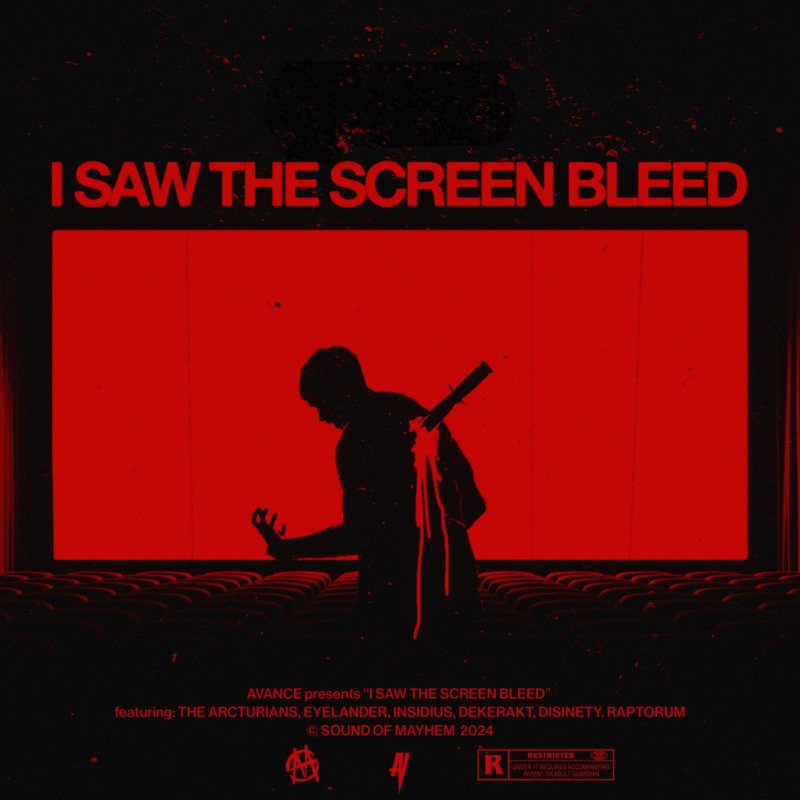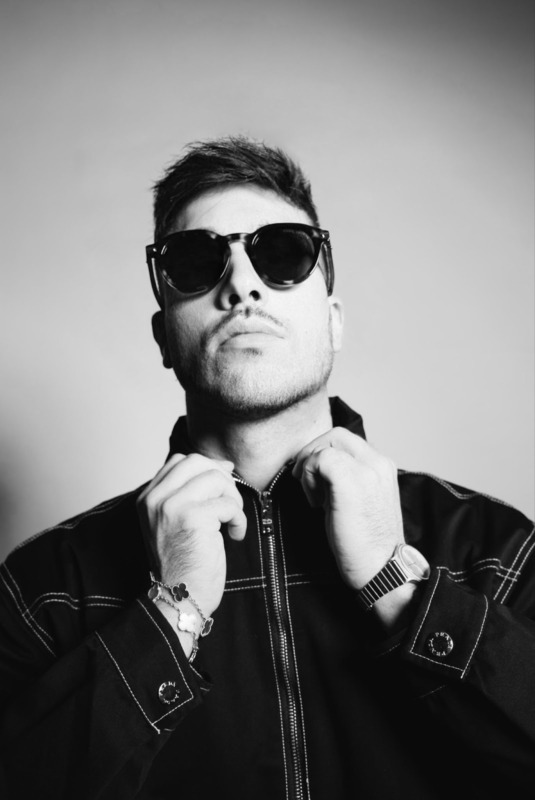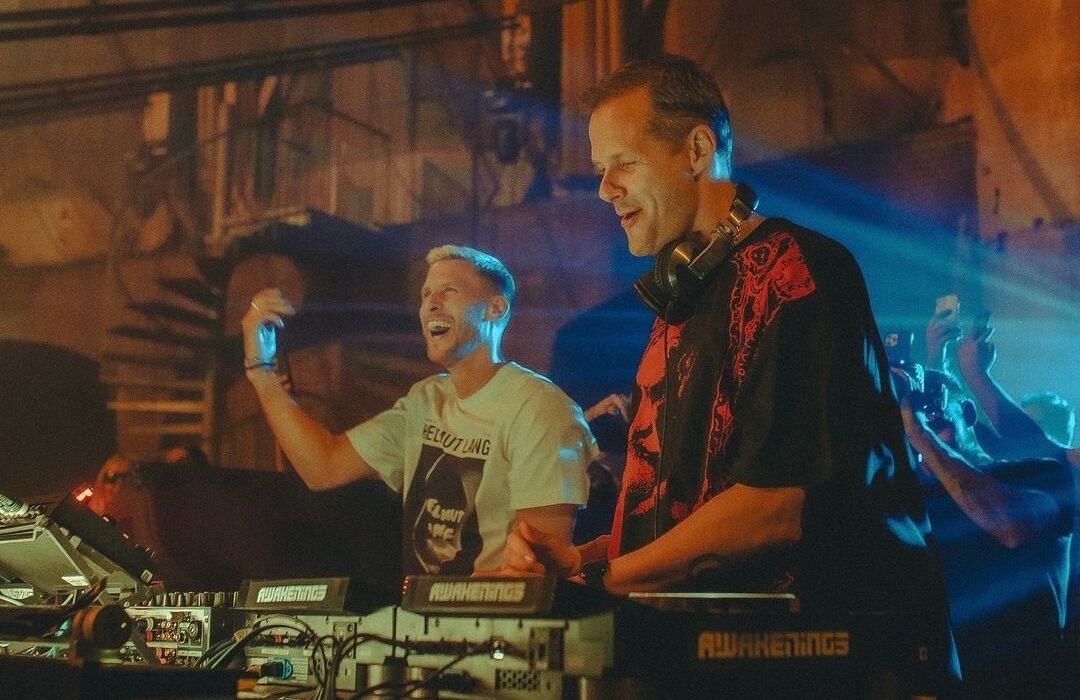One Piece and Fairy Tail are both incredibly popular shonen series with huge fanbases. Over the years, there have been plenty of theories about the intertextual connections between the two works, and one primary piece of evidence that fans think they've found relates to two of the respective franchise's most powerful characters: Shanks from One Piece and Gildarts from Fairy Tail.
At first glance, the character designs already look similar enough. Both have wavy red(ish) hair, beards, capes, and most importantly, they both carry a similar disability from past battles. Shanks lost his left arm when saving Luffy from a Sea King, while Gildarts lost his left arm and leg during his battle with The Dragon King Acnologia. But Gildarts usually wears prosthetics while Shanks does not. Besides appearances, the characters even share pretty similar personalities. Both are relatively easy-going, and while they do not like to harm others they can absolutely dominate during a fight. They are also well-respected by their peers and can be good leaders without resorting to controlling tactics. Moreover, they are both among the most powerful characters within their respective series and serve as a mentor to the protagonists.
With all these unavoidable similarities in mind, it is only natural for fans to speculate about the relationship between their creators, One Piece's Eiichiro Oda and Fairy Tail's Hiro Mashima. Some suspect some purposeful or incidental copying by Mashima, since Gildarts debuted in 2009, while Shanks was introduced in 1997 in Chapter #1 of One Piece. But there are enough differences between the two series, such as different power systems, and the characters themselves -- like the fact that Gildarts and his daughter Cana's relationship is one of the character's most defining traits -- to set them apart.
Besides, Oda and Mashima have a similar art style, so the evidence is not strong enough to warrant the copying claim (whether intentional or not) by design alone. There are even some that think Oda and Mashima are brothers, or that they are actually the same person using different names. But given the rigorous schedule of shonen manga publishing, this theory seems implausible. The most reasonable theory circulating amongst fans is that Mashima used to be Oda's assistant, and these similarities are actually tribute to his former mentor.
This theory makes sense because this type of relationship is very common within the manga industry: Oda himself worked as an assistant to Shinobu Kaitani who created One Outs and Lier Game, as well as Nobuhiro Watsuki of Rurouni Kenshin fame, and it is possible to spot the influence of these mangakas' styles within One Piece.
However, Mashima's publisher has denied this claim and said that Mashima has, in fact, never worked as an assistant to any artists. Mashima created a story that got the attention of publishers, which led to him winning a manga competition in 1998. His work went into serialization in Weekly Shonen Magazine immediately after winning. This was Mashima's debut series, Rave Master, which was serialized from 1999 to 2005. Since One Piece started serialization in 1997, the timeline would make Oda and Mashima contemporaries rather than teacher and student.
Fairy Tail's former English publisher Del Ray Manga postulated a more grounded theory as to why the two works share so many similarities: since both Oda and Mashima have publically stated that one of their biggest inspirations is Akira Toriyama, the creator of the Dragon Ball series, it is entirely possible that Toriyama's influence has seeped into both of their works, and the similarities they share are actually with Toriyama rather than with each other.
In other words: fanboys (and girls) think alike. There's validity to this theory if we simply look at the protagonists of Dragon Ball, One Piece and Fairy Tail. All three characters -- Goku, Luffy and Natsu -- all have similar, happy-go-lucky personalities; they all started out as underdogs and they are all motivated to fight for friendships. They even all have spiky hair... The list goes on. Or, perhaps these are just tropes shared by almost all shonen manga series. Take a look at Gildarts and Shanks for yourself and be the judge.
About The Author

